Hey everyone, my name is Michael and I am the Lead Artist on The Maestros! We are an action-packed, multiplayer strategy game where you wage war with a Commander and their transforming units.
Today we are going to dive into what gives The Maestros it’s eye-catching layer of magic, our visual effects (VFX for short).
Heated battles wouldn’t have the same appeal or “punch” without something to accurately represent an attack or ability. Visual effects are a great way to create resource-friendly visuals to help our players see the impact they are truly making. We also use VFX across our maps to add life to our world in the form of pouring rain or floating fireflies.
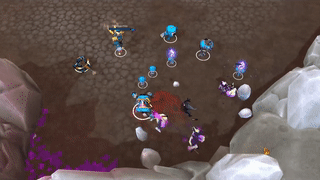
Various Teutonian VFX
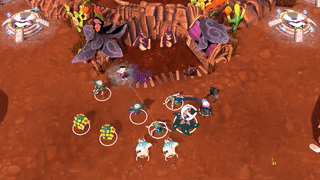
Various Alchemist VFX
Cascade
Cascade is Unreal Engine’s internal software for creating particle systems. I take the following steps when using Cascade to bring any VFX from concept to a finished asset.
Ideas and Concept
During the concept stage I have to make sure that the VFX is easily identifiable and makes sense to the player. Status effects are a great example here. Our Medimoths have a healing ability which should immediately look like it is healing your nearby units, say with a big green plus sign, rather than doing something unexpected when cast.
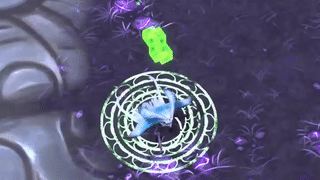
Correct Medimoth healing VFX

Wait… what?
Textures and Materials
After I am happy with an idea, I start by correctly setting up textures and material functions in order to create the VFX inside of Cascade. VFX materials need to have functions such as Particle SubUV (creates a grid over a texture map) or MeshEmit VertColor (allows colour/alpha options on meshes) in order for Cascade to calculate sprite sheets or render 3D meshes properly.
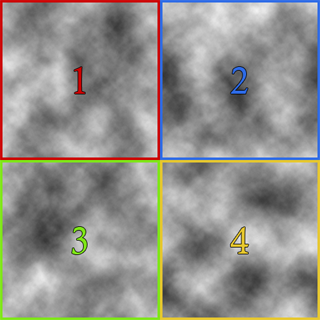
Sprite Sheet with Alpha
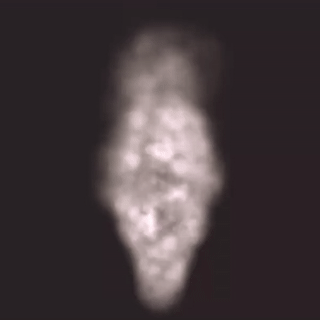
Result: Smoke
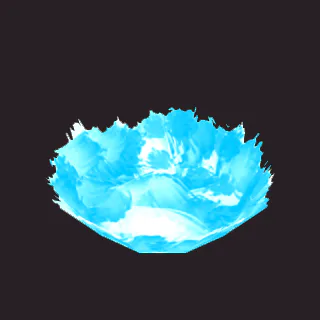
Bowl shaped 3D Mesh

Result: Pop Spring
Particles and Nodes
Cascade relies heavily on number values rather than art alone to create a particle system. I create nodes (size, colour, rotation, velocity, lifetime, spawn rate, etc.) and set them with different values to tell the art what to do over a specific timeline. In a nutshell, I am animating multiple materials together using numbers.
Code Implementation
Many of our visual effects need some form of code to help function properly, such as our team-coloured transforming VFX. In this case one main particle system is created with a colour parameter set to white (Default is X(Red)=1, Y(Green)=1, Z(Blue)=1). The code then accesses that parameter and tells which colour to switch to by adjusting those values. This eliminates the need to make individual copies of each colour for each player.
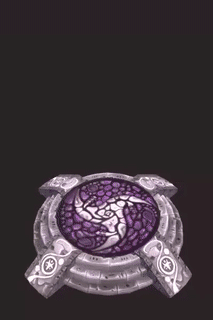
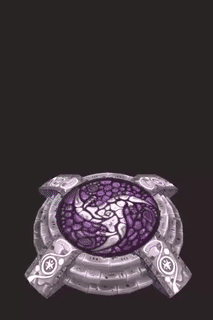

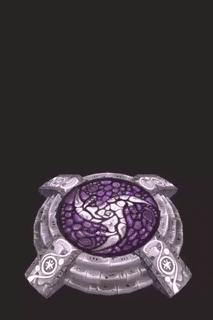
Testing
All VFX goes through testing by the entire team to make sure it fits well. We want our players to instantly know what is happening and feel like they have a real, strategic impact with each button press or click. Adjustments such as timing or scale are done here to make sure it matches our needs.
Final Outcome
After all the testing and tweaking, the VFX is ready to be shown to the world. Here are some examples of our visual effects across The Maestros.
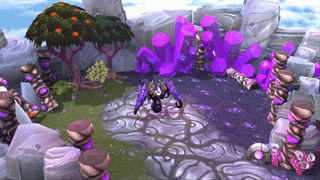
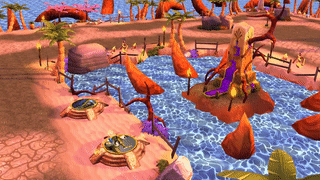
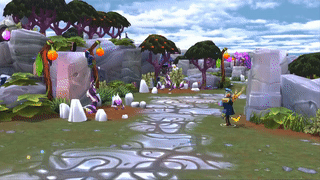
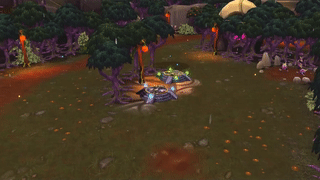
Thank you for reading and I hope you enjoyed this look into the real-time visuals that makes the world of Teutonia a living and breathing battlefield.
Feel free to visit our previous Development Logs and be sure to look forward for future ones. You can also visit www.maestrosgame.com for more information about the game and team.




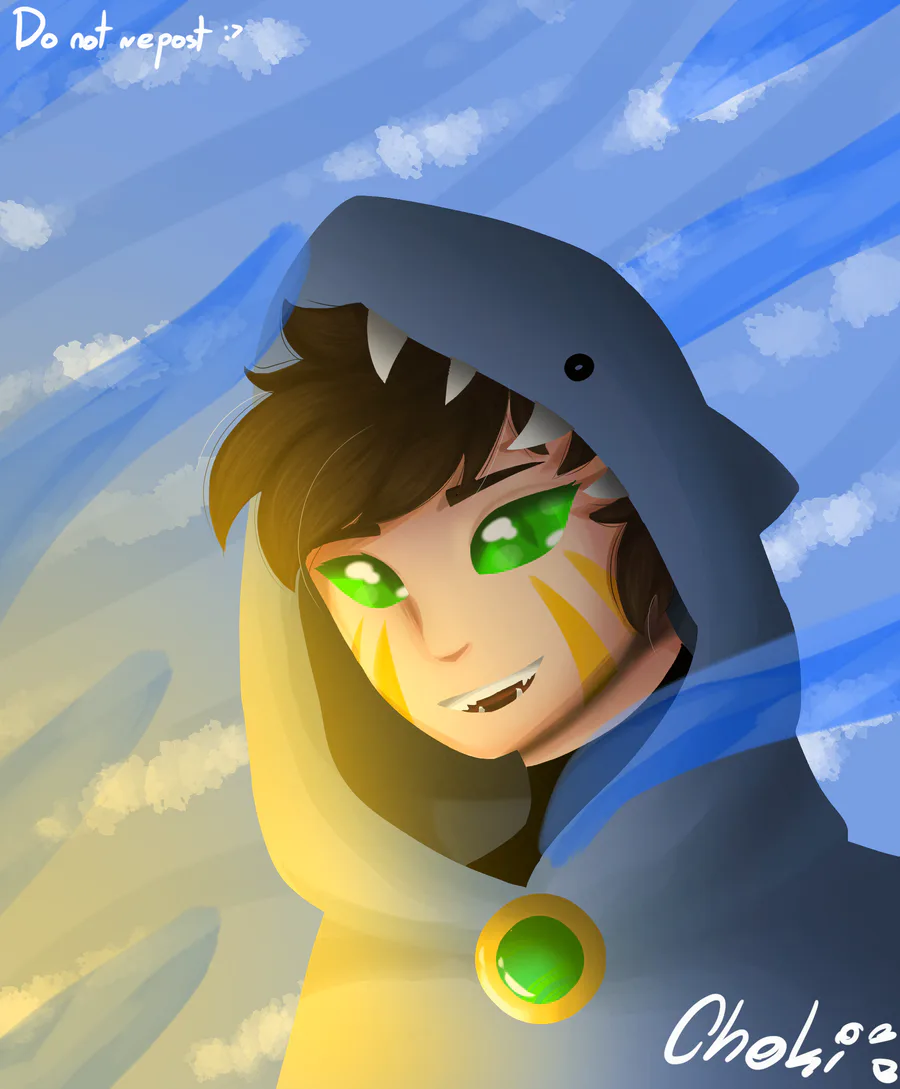
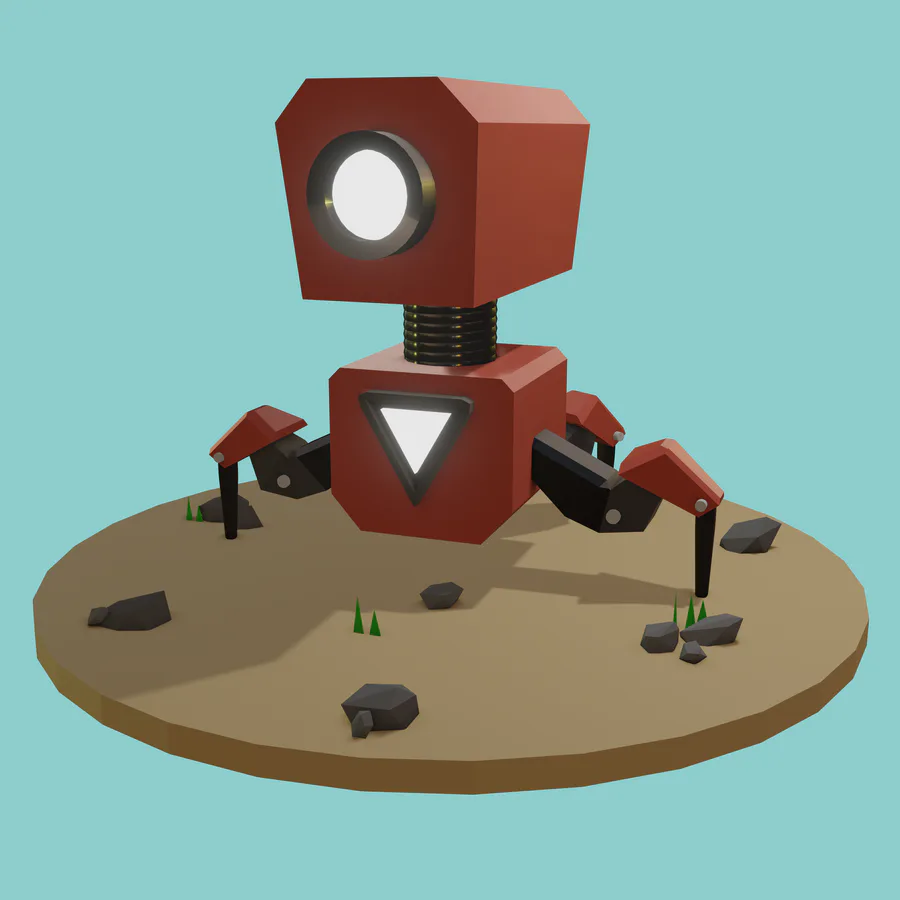

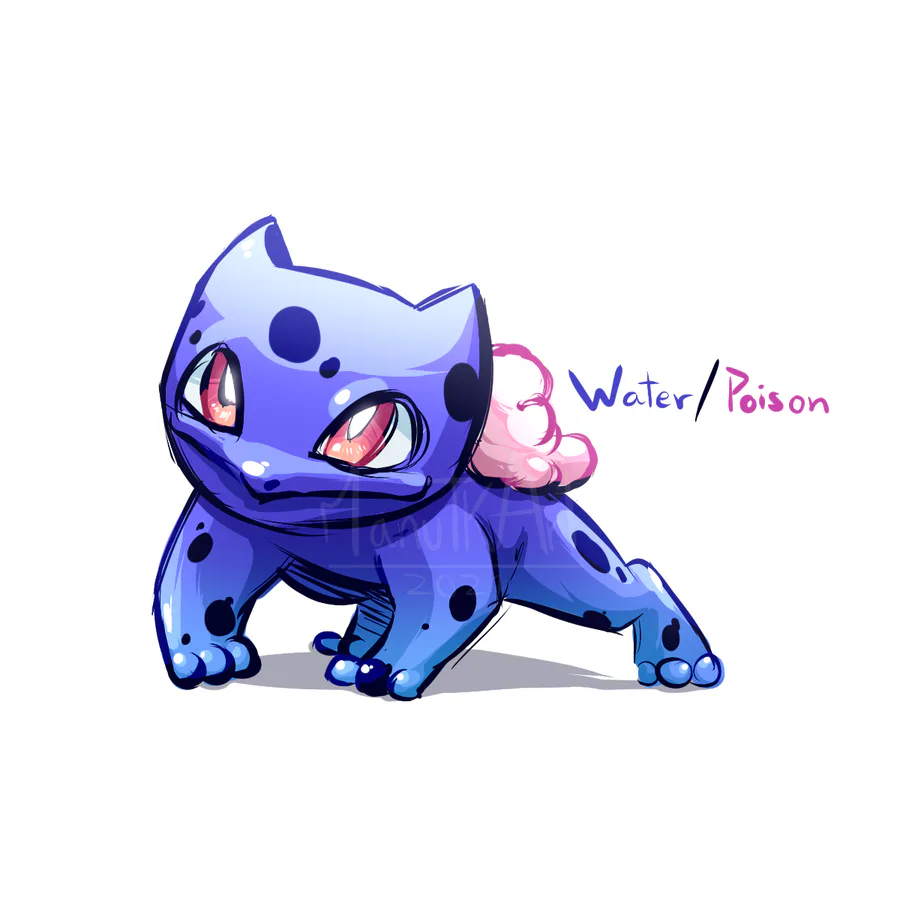
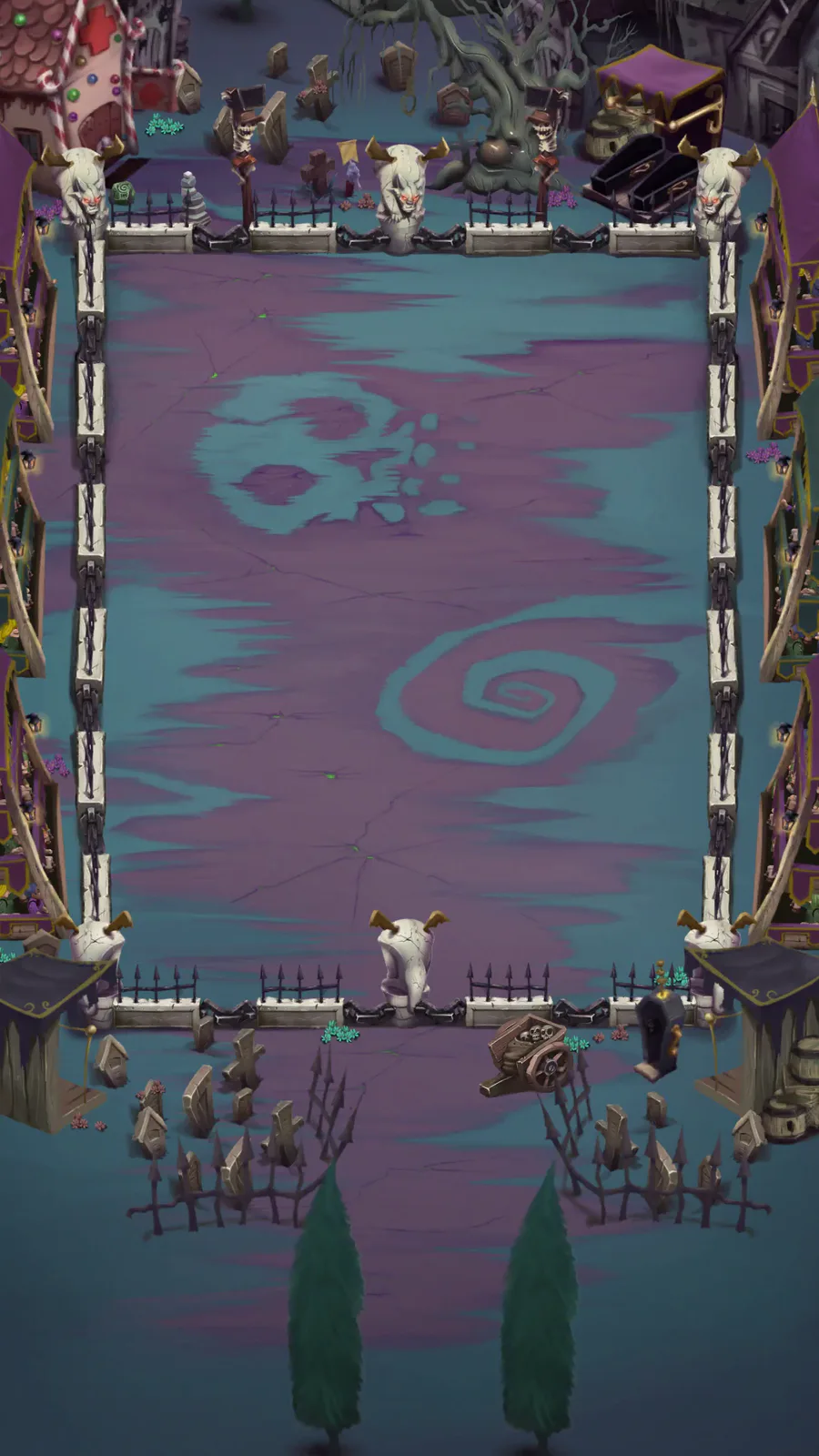
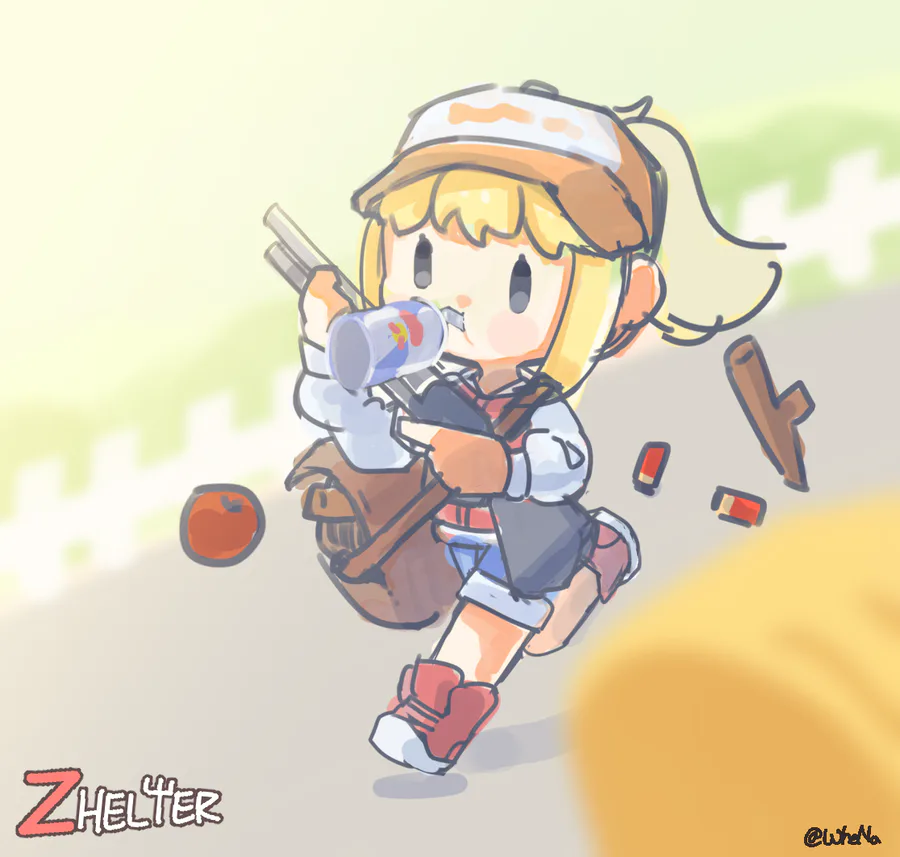
0 comments